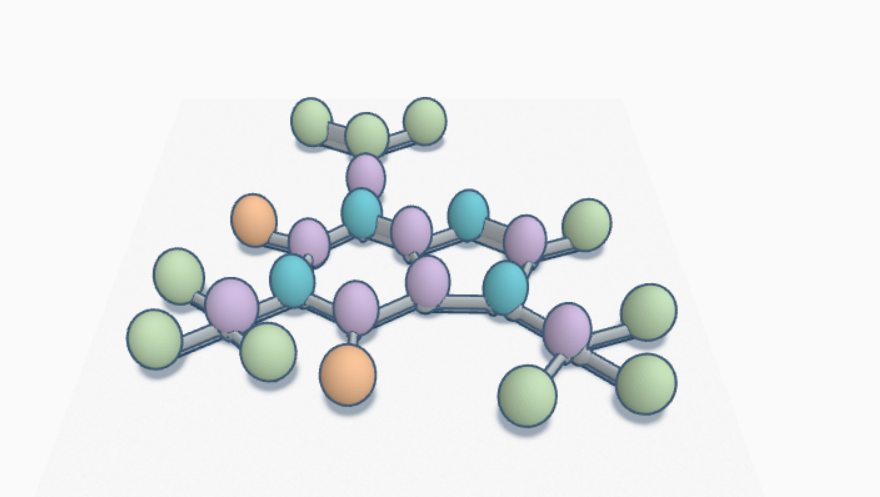
Caffeine is a drug we consume. It’s a methylxanthine alkaloid found in the seeds, nuts or leaves of plants in South America. The chemical composition for caffeine is C8H10N4O2 which means it has 8 carbon atoms, 10 hydrogen atoms, 4 nitrogen atoms, and 2 oxygen atoms. The chemical name for caffeine is 1,3,7-Trimethylpurine-2,6-dione. Caffeine's molar mass is 194.19 g/mol. This odorless powder has a boiling point of 178 °C and a melting point of 237 °C. Caffeine is a central nervous system stimulant, having the effect of taking away drowsiness temporarily and making you more alert. Caffeine is known to metabolize the liver into three primary metabolites: paraxanthine (84%), theobromine (12%), and theophylline (4%) Caffeine is completely absorbed by the stomach and small intestine within 45 minutes of ingestion. After ingestion, it is distributed throughout all tissues of the body and eliminated by first-order kinetics.
Download File
Download File
Contact us
Thank you for your interest in contacting Future Engineers. We look forward to connecting with you!
General Inquiries
support@futureengineers.orgSponsorship Inquiries
sponsor@futureengineers.org